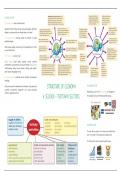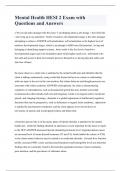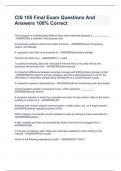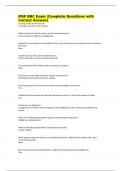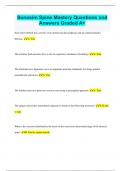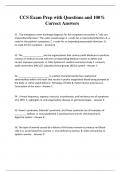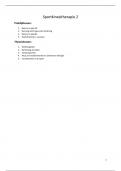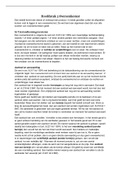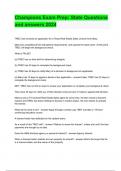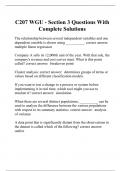Summary
Summary IEB Grade 12 - Economic Geography of SA and More
- Course
- Geography
- Institution
- 12th Grade
Forget too many pages of study notes, everything you need on structure of economy, agriculture, mining, industrial regions AND secondary/tertiary sectors summarized into just 6 pages! One page per section makes it great to print out and keep in a file. These notes are great for visual learners, an...
[Show more]
